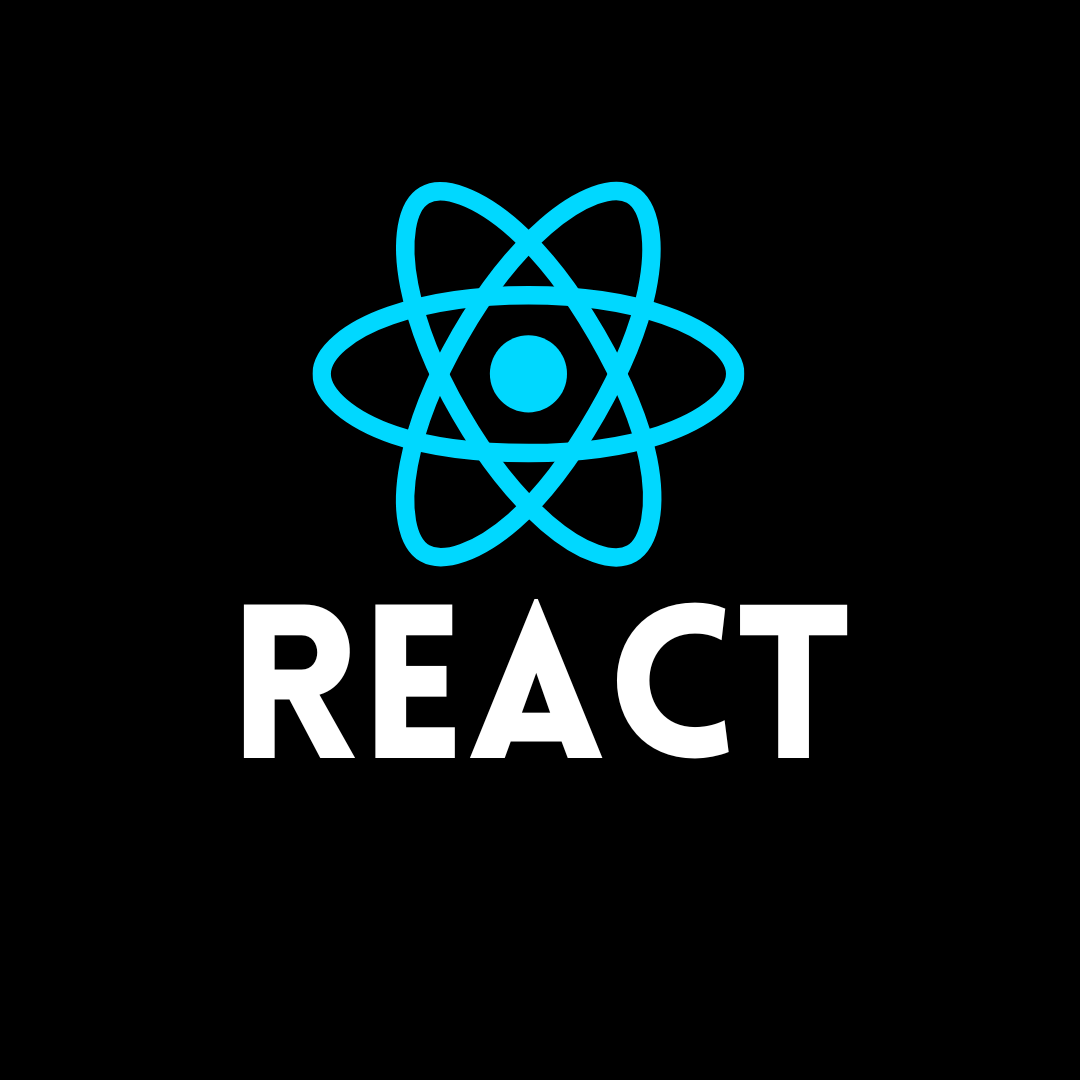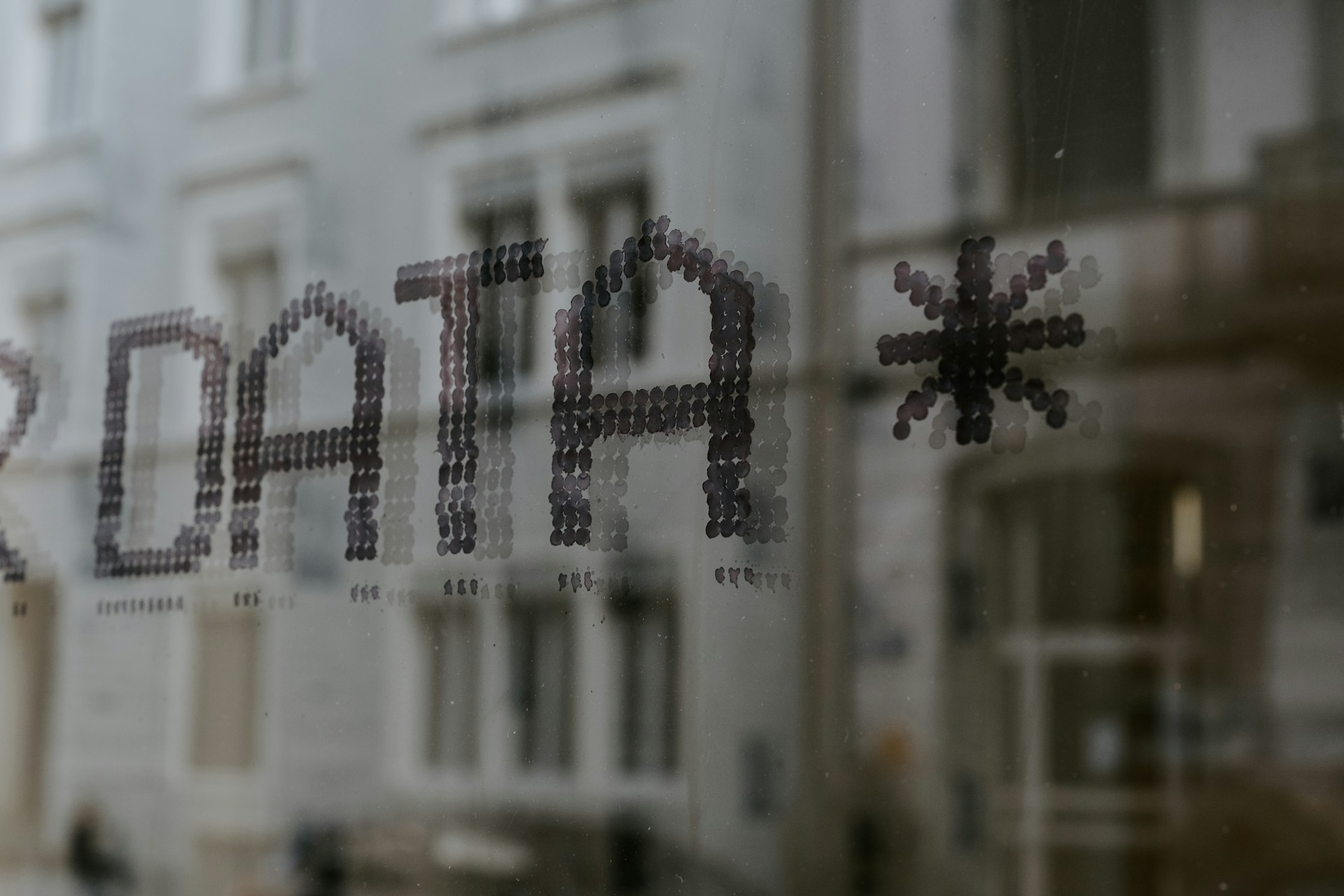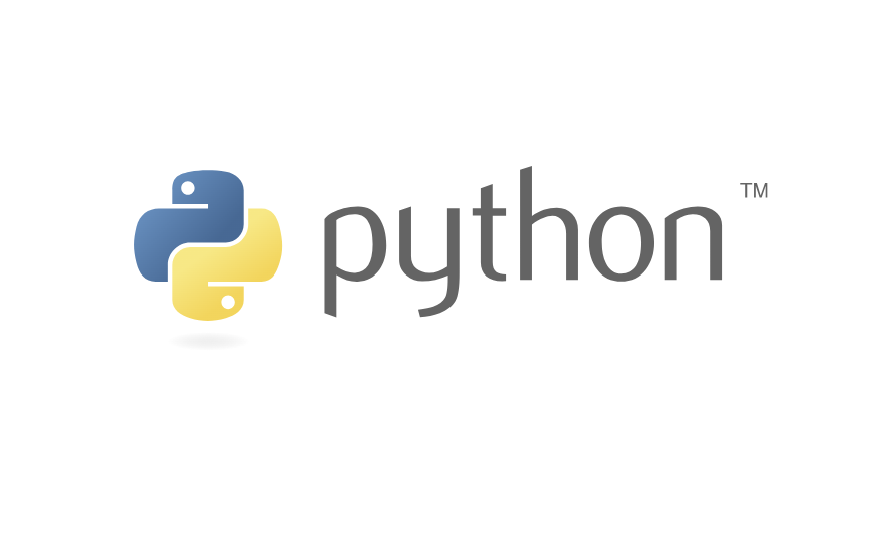Getting Started with React: A Beginner's Guide
Introduction
So, you've heard about React and you're curious to learn more? Great choice! React is a popular JavaScript library created by Facebook for building user interfaces. It's especially good for single-page applications. Let's go through the basics together.
Table of Contents
- What is React?
- Why Use React?
- Setting Up Your React Environment
- Creating Your First React Component
- Understanding JSX
- State and Props
- Handling Events
- Lifecycle Methods
- Building a Simple React Application
- Conclusion and Next Steps
What is React?
React is an open-source JavaScript library for building user interfaces. It allows you to break your UI into reusable components. Think of components like building blocks; you can use them to create complex interfaces by combining smaller pieces.
Why Use React?
- Component-Based: You can build parts of your application separately, which makes it easier to manage and reuse code.
- Virtual DOM: React updates only the parts of the web page that need to change, which makes your app faster.
- Large Community: There are lots of resources, tools, and libraries available, thanks to React's popularity.
Setting Up Your React Environment
- Install Node.js: Download and install Node.js from its official website. This will also install npm (Node Package Manager).
- Create React App: Use Create React App, a tool that sets up everything you need. Open your terminal or command prompt and type a command to create a new React project. This will get your project started with all the necessary setup.
Creating Your First React Component
In React, components are like JavaScript functions or classes. They take in inputs (called "props") and return elements that describe what you want to see on the screen.
Understanding JSX
JSX is a syntax extension for JavaScript that looks similar to HTML. It allows you to write HTML-like code within your JavaScript, making it easier to create and visualize your UI.
State and Props
- State: State is an object that holds information that can change over time. Each component can have its own state.
- Props: Props are used to pass data from one component to another. They are like function arguments and are read-only, meaning you can't change them within the receiving component.
Handling Events
Handling events in React is similar to handling events in regular HTML, but with a slightly different syntax. For example, use "onClick" instead of "onclick". You pass a function that will be called when the event occurs.
Lifecycle Methods
React components go through a lifecycle, from creation to deletion. React provides methods you can use at different stages of this lifecycle:
- componentDidMount: Runs after the component is added to the page.
- componentDidUpdate: Runs after the component updates.
- componentWillUnmount: Runs just before the component is removed from the page.
Building a Simple React Application
To build a simple React application, you create a main component that renders other components. Each component represents a part of the UI, such as a header, content section, or footer. These components can manage their own state and interact with each other using props.
Conclusion and Next Steps
You’ve learned the basics of React: what it is, why it’s useful, and how to set up your environment. You also learned about components, JSX, state, props, event handling, and lifecycle methods. To continue learning, you can explore more advanced topics like routing, state management with Redux, and hooks.
For more such content check our page CodeBit8.com



